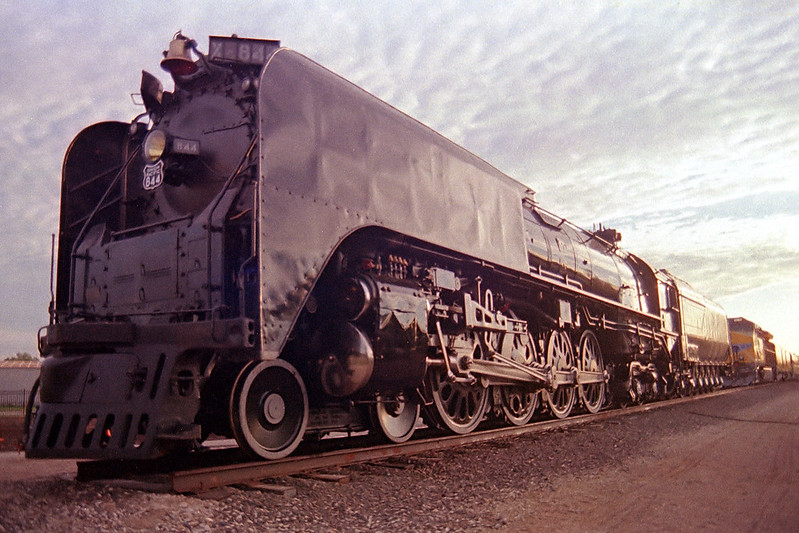dmr
Registered Abuser
New toy ...
New toy ...
Well, for those who are following this southbound odyssey, I picked up the Jobo a few days ago. I didn't intend to dive into this scene this deep, but this was something I could not say "no" to.
I've never used one of these before but I'm going to give it a try. I downloaded TFM right after I got it home and studied it.
This looks like a very slick little gadget! I had intended to do color processing using a kitty litter pan to keep the solutions at the temperature. Well, this thing kinda reminds me of a combination high-tech temperature-controlled kitty litter pan with a rock tumbler and a filler-dumper thingy attached. 🙂
I was gonna try it tonight, but it's late, I just got in, it's stormy, and I'm too tired and I haven't mixed the chemicals yet and I know it would take an hour at least to stabilize.
So, this will be a project for tomorrow.
I have three rolls exposed, one of them being a test roll that I don't really care about. I plan on doing the first roll in the steel tank I got, so I can at least say I did it manually, and then using the Jobo for the other two.
I'll let everyone know how it goes. G'night! 🙂

New toy ...
Well, for those who are following this southbound odyssey, I picked up the Jobo a few days ago. I didn't intend to dive into this scene this deep, but this was something I could not say "no" to.
I've never used one of these before but I'm going to give it a try. I downloaded TFM right after I got it home and studied it.
This looks like a very slick little gadget! I had intended to do color processing using a kitty litter pan to keep the solutions at the temperature. Well, this thing kinda reminds me of a combination high-tech temperature-controlled kitty litter pan with a rock tumbler and a filler-dumper thingy attached. 🙂
I was gonna try it tonight, but it's late, I just got in, it's stormy, and I'm too tired and I haven't mixed the chemicals yet and I know it would take an hour at least to stabilize.
So, this will be a project for tomorrow.
I have three rolls exposed, one of them being a test roll that I don't really care about. I plan on doing the first roll in the steel tank I got, so I can at least say I did it manually, and then using the Jobo for the other two.
I'll let everyone know how it goes. G'night! 🙂





